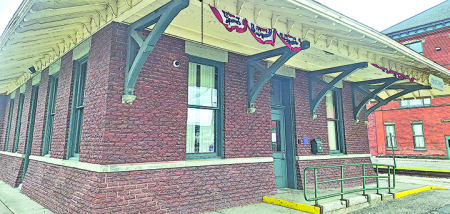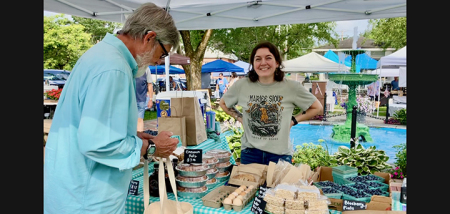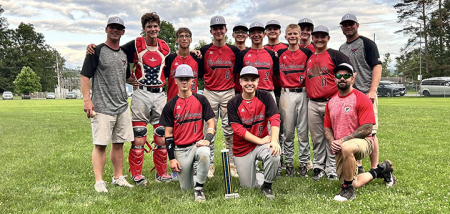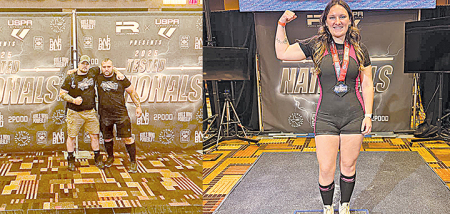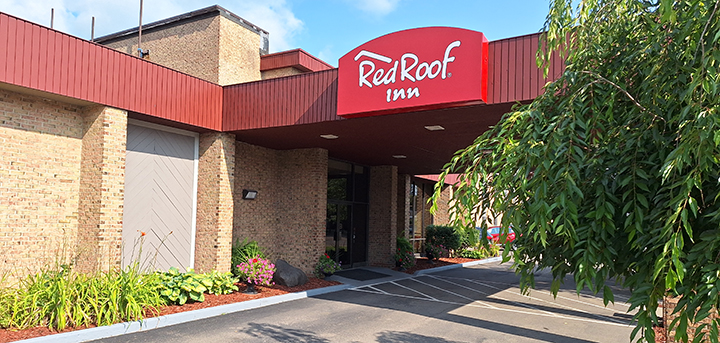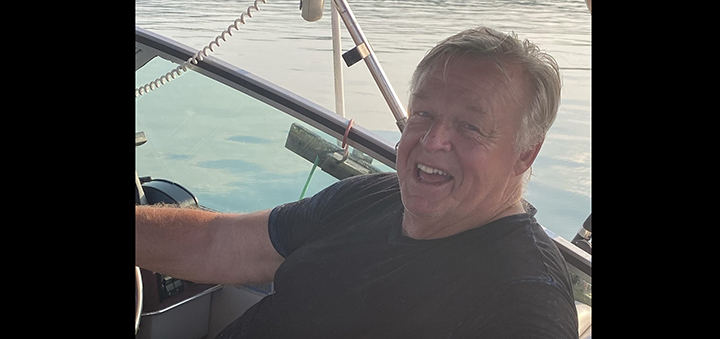Focus On Food Sources For The Early Bow Opener
Published:
September 27th, 2012
By Joshua Sheldon
Contributing Outdoors Writer
With bow season opening early this year I would recommend a change in tactics. Bow hunters have tended to focus on areas with a large doe population in hopes a buck may cross their path while searching for them, but with an early opener the does will be far from their cycle. My advice would be to focus on the food.
My past experience tells me the deer will have their feed bag on until about the fifteenth of October, which used to be the opener. We have all seen deer in the fields during legal hours usually just days before season. This will be our first chance to take advantage of these early-season tactics before they dig their hole to hide in – at least that’s the way it feels to me.
You can watch them running a steady routine from the first to the fifteenth and like clockwork season opens they all seem to disappear this is probably due to the increase of human activity in their core area, but it sure seems they are counting down the days and are prepared to go into hiding.
For me these additional two weeks will be spent sitting on the edge of a corn field or other food source. This style of hunting may be odd for the hunter who tends to use a stand in open areas, something that is done to offer greater visibility. Due to the cover and usual quick green field entries, you will be offered a lot less time to prepare for a shot, although you can use a stand if you have a wooded field line. I tend to hunt from the ground.
Corn offers great hiding cover, and has the perk of being their food! I recommend playing the wind and using scent control methods even on your scouting missions, a deer’s sense of smell is its best defense. So, if you plan to hunt them you must first figure out where they will approach from and where the wind will be sending your scent. If your scent is carried into their bedding areas you might as well just go home!
I have been hunting deer for about twenty years, and have had only a handful of hunts where an approach was made from a downwind side. If my memory serves me right, almost all of these experiences took place during the first days of gun season. At this time, deer are running scared and smell so many different people there just doesn’t seem any direction to go in which human scent isn’t encountered.
After scouting you should know where the deer are entering the field most heavily and what wind direction is most favorable. There are a few different ways to set up for such a hunt. If there are favorable trees on the edge of the field a tree stand will offer a little bit better scent control considering the wind tends to carry your scent over deer that approach directly under you.
My reason for favoring ground over stand hunting is the amount of vitals presented will be decreased from a stand because of its steep shot angle. I personally have hunted and enjoy both ground tactics. The first being the hub-style popup blinds which are perfect for beginners or those with limited time to harvest a freezer full of venison. As for those who choose to take the hard road, a low seat in the corn will offer a possible and challenging hunt. I start by placing myself two to four rows into the corn I like to set on a milk crate or a variety of the low-profile seats on the market. To conceal yourself, a corn blind is easily made by bending the tops down towards the ground offering enough space for an unobstructed shot. For shooting lanes, break down all corn up to your expected shot location. With the stalks on the edge of the field being previously robbed of corn, most farmers don’t mind if you snap a few to make shooting lanes and a blind.
The first lane should accommodate a shot to the edge of the field as deer like to walk this path of least resistance. The second lane will offer a shot to the entry trail. For a right-handed shooter, place your right shoulder centered between the lanes this will ensure you will be able to access them both without becoming bound up and vice versa for a lefty. I choose to set up approximately ten yards from where I expect the shot to take place. My reasoning for the close proximity is that it is hard to miss from this distance, and tends to get the blood boiling from such a close encounter.
The best camo for corn is waterfowl-wetlands patterns which closely match the dappled browns and tan to cream tones of a fall field. The biggest piece of advice I can give you is get good camo and trust it! At close ranges deer will most always look you over sometimes up to several minutes. Just hold your ground and trust your camo as they typically lose interest and look or start to walk away which offers a great broad side or quartering away shot.
Being able to sit still is a must for this style of hunting. If you find yourself fidgeting a lot, a popup blind may be your best option. My friend, Jared Meek, and I sat in one last year with his four-year old-son. We were repeatedly approached at under ten yards with one doe actually coming close enough to move the blind by sniffing it. I was extremely surprised at the effectiveness of a pop-up blind, just remember to brush it in and close the windows to the downwind side.
Word to the wise, if you’re hunting near cows, manure is the best cover scent if you can stomach it. Put a bit on the blind while setting it up, and a bit on your boots for the walk in and you will be surprised how close the deer will get. Keep in mind that almost no deer will tolerate your scent from directly downwind at this time of year.
In a future article, I will describe how the use of deer scents has begun to tip the scent game scale in your favor. One last piece of advice from experience: If hunting in corn near the river, a hit deer tends to end up in the water. It’s best to either stay as far away from the water as possible so the animal expires before it’s able to get in.
Your other option is to sit close to it where the water is shallow enough to wade in for your trophy immediately after the shot. I have personally lost a deer this way simply because I had given it the typical allotted time of 45 minutes, which enabled it to float away. It was an evening hunt and the last sign of the animals trail was found by flashlight as it entered the river. I started the next morning on the other side of the river, and several hours were spent in an attempt to cut the animal’s trail where it would have made its exit from the water. The shot was on the money, but I happened to be sitting about 80 yards from the water which led me to believe it had passed and floated down river. The typical vitally hit deer will run approximately eighty to one hundred yards which was pretty much on the money. Down-river water recovery was attempted with no success.
For we as hunters there is nothing more discouraging or demoralizing than losing that hard-earned meat. There are a plethora of mistakes bow hunters can make that can prevent you from making a shot or even worse losing that hit animal. For the next article I will highlight the most common mistakes made by bow hunters and how to prevent them.
Good wishes and happy hunting.
Questions or comments may be directed to Sheldon at sheldonsoutdoorbusiness@hotmail.com.
Comments
